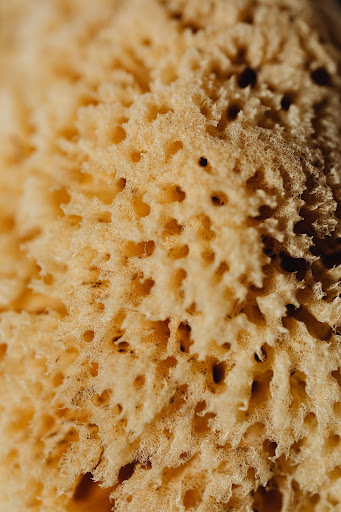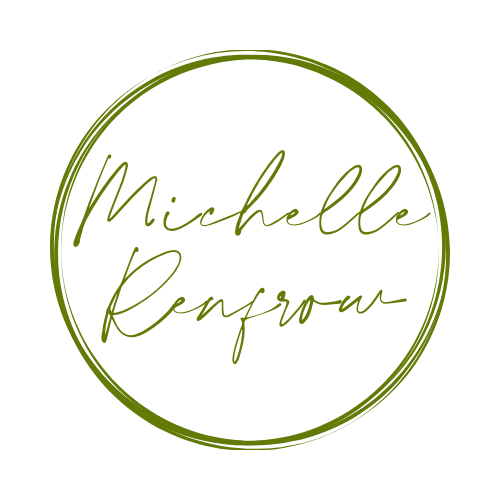When I was in high school I stayed home sick one day from school. I was sick. But it wasn’t “that sick”. If you know what I mean. ;-). So about halfway through the day I got super bored and decided that I was going to paint a wall mural in my bedroom.
For whatever ridiculous reason I painted a shadowed image of the Egyptian pyramids with a bunch of shadow images of ancient Egyptians dancing around in front of the pyramid, a dangerous snake that spiraled from the bottom of the wall curling and swirling and all the way up until its head swallowed my light switch.
You can guess how excited my parents were when I got home from work to find that super awesome mural on my wall. I’m pretty sure that I have a Polaroid of that somewhere in my house. Just waiting for me to find and reminisce about the “good old days”.
Ask my mom and she’ll tell you that “I’m not creative” (her, NOT me) and it probably explains why I didn’t have any other kind of artistic outlet for me to do while I was home sick from school that one day. I completely blame her for all of this. LOL JK sorry Mom. Anyways I digress. Had we had some cool creative ideas at home like what we’re going to talk about today perhaps I would have spent less time having to repaint my entire bedroom when my parents sold that house 5 years later.
Wall Murals; Let’s take it apart and talk about ideas for kids, for teens and see where we go with all of this. The idea is to share some easy, creative ideas for any time of the year, sick kids home from school (me), mental health days (me again), bonding without speaking(for teens), rainy days, etc.
This super cool chick named Thaneeya has a great website and has a whole page on prepping for a wall mural. She’s got the whole “how to” thing going on. I can tell you that I never prepped my wall before starting. So there you go, I failed on step one already. Lol
Here is a brief outline of her site’s suggestions.
- Before you begin painting, you need to check the wall and prepare your workspace. Clean the wall- use a wall that is free from or has repaired cracks and no moisture. Clean any wall with a mild soap solution (I love dawn) to make sure the wall is really clean. I mean if you have kids around you probably THINK your walls are clean but are they? Are they really?
2. Next Step: Priming the Wall
Priming (with the cheap acrylic primer at one of our local home improvement stores) the wall is an important step in creating a mural, because the primer will help the paint stick to the wall more easily. Again, epic fail on my part. I didn’t prime the wall either. Lol.
Some paints allow for printing right over them and some don’t. Also, if you want the mural to last forever ever and ever then prime that sucker. After you clean it of course. If you’re using acrylics she also says you should sand the wall down and get off the old paint. Again, FAIL on my part. Lol Am I even a qualified artist at this point? I’m beginning to doubt myself. Lol
So then you can do three things. Start painting immediately (ME ME ME), add textures to the wall or adhere a large piece of canvas to the wall and paint that instead? REALLY? So nooootttt me! lol

Wall Mural Techniques
When painting wall murals sometimes I just freehand things and sometimes I have a sketch and a pencil and I start to draw things in light strokes as my guide.
In the “good old days” I had an old overhead projector (try lugging that around) and I would project my sketches onto the walls. When I painted murals for people in their homes we had sketches drawn out and I would so them in chalk on their walls and let them approve things before I started to paint.
Some people sketch shapes and concepts and then add detail when they start painting. Some use a “grid method” where you draw a grid of, let’s say, 12 x 12” squares and then dissect your drawing into 1×1” squares. You then transfer what you see in each square into the larger squares. It breaks things down into manageable chunks to paint easier.
Once the sketches are done, I usually cover the large areas in the basic background colors or fill in spaces in general shapes and figures. Thaeeya says that you can use “interior household paint for large areas of color (blue skies, green fields, etc), or you can mix your artist-quality acrylic paints with a Liquitex Ultra Matte Gel or Matte Gel Medium by using a 1:1 ratio.
So you can see the painting. After the basic colors, shapes and images are formed you can grab your acrylics and get to work.
Here is what https://www.art-is-fun.com/mural-techniques says about the different techniques you can use.
Sponging
When my parents bought a house after I graduated from college they wanted to paint some of the rooms. Mom let my brother and I paint one of the rooms to look like the daytime sky. We found this cool double roller that had textures on both sponges.
We grabbed two different, but complimentary, colors of blue. The tray was split in half and we added the two different colors and got to work. It was an awesome technique. It’s such a good way to create textures just like the clouds we were creating. They make great leaves and moss effects. If you sponge one color on top of another to create a sense of shadows or depth. Sponges can also fill in large areas quickly with a color.
To start using a sponge, first you must wet it and squeeze out the excess water. Dip the damp sponge gently into your paint, then try to blot out some of the paint onto a spare piece of paper or a paper towel. If you have too much paint on the sponge it will totally ruin the effect you are going for.
Antiquing
I’ve never done antiquing, so I went back to the website and got their directions for this style.
“Do you want to make your mural look old, emanating a sense of history into the room? You can achieve this by antiquing, which is one of the easiest mural techniques. To antique a wall, mix your desired color (usually siena or umber to create an aged look) with an acrylic

glazing medium, using the ratio of 4 to 5 parts glaze to 1 part paint. Brush the mixture onto your wall and quickly – while the paint is still wet – run a clean rag or cheesecloth over the paint to spread it around. For an added effect, you can use this technique to add even darker color to the corners and edges of the wall.”
Stippling
From the Art is Fun website here is what they have to say about stippling. “Stippling is one of the popular mural techniques for creating detail without worrying about smooth blending. For instance, if you’re painting a green field, you can bring it to life by stippling other colors into the green.”
Here’s how to do it:
Apply a green underpainting, then after it is dry, paint a thin coat of a different color over top of it (for example, a yellow-green or a darker green).
While the paint is still wet, dab the wet paint with a dry stippling brush and dab the new color around until the new layer is all stippled. If done correctly, the new color will no longer looked “brushed on” and some of the underpainting will show through. You can repeat this mural technique as many times as you need (with as many colors as you want) until your desired area is covered.
This is a nice mural technique for creating the illusion of a field alive with shades of green, dappled in yellow sunlight.

Stenciling
I LOVE stencils. It’s a very popular and simple technique. Pretty much anyone can do it. As I say to many students, “you don’t need any skills to use a stencil.” Stencils are sold in all shapes and sizes, all patterns and images. They have letters as well as phrases, animals and nature images.
I tape my stencils down with blue painters tape to the wall. Holding the stencil with one hand, I use my other hand to paint over the stencil. I use a round foam brush and very very gently stamp the color onto the wall.
I prefer these round foam brushes I buy on amazon. They are flat and tend to not push the paint under the stencil and make a mess.
YOu always want to be careful around the edges so that the paint doesn’t squish underneath and the round brush does the job well. It is also recommended you use a sweeping, circular motion when painting near the edges.
Sometimes I will just outline the stencil with a pencil or chalk and then paint it all in freehand. It depends on the stencil and where I am painting.
A few wall mural tips before you get started . . .
If your paints are too thin, add an acrylic matte medium or a glazing liquid to thin them out. If you use just water you may get drips down the wall that way.
Keep away kids, animals and other things that might run their dirty little fingers or wag their tail on your wall. (I have had both happen to me)
Take breaks and look at your work. Step back and get the full picture view. Things look a lot different close up than further away.
I also like to take pictures during each stage of the process as well.
The artist on this site also offers mural painting lessons on her page and you can get all the deets here.
Whatever you decide to paint, grab your portable speakers and get to jamming. I cannot tell you how much fun mural art is and how you will get totally hooked on it. I can’t wait to see what you create!


